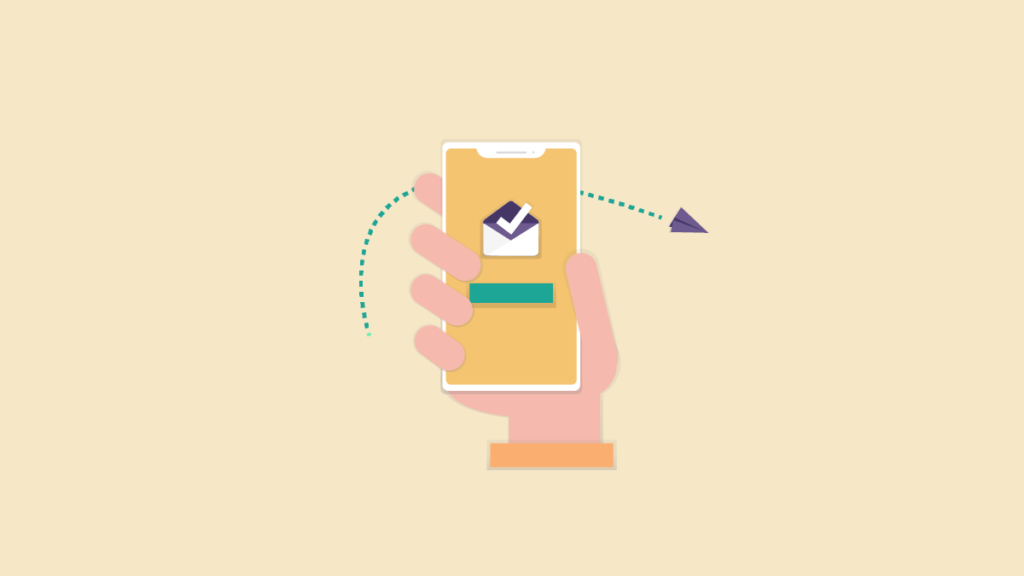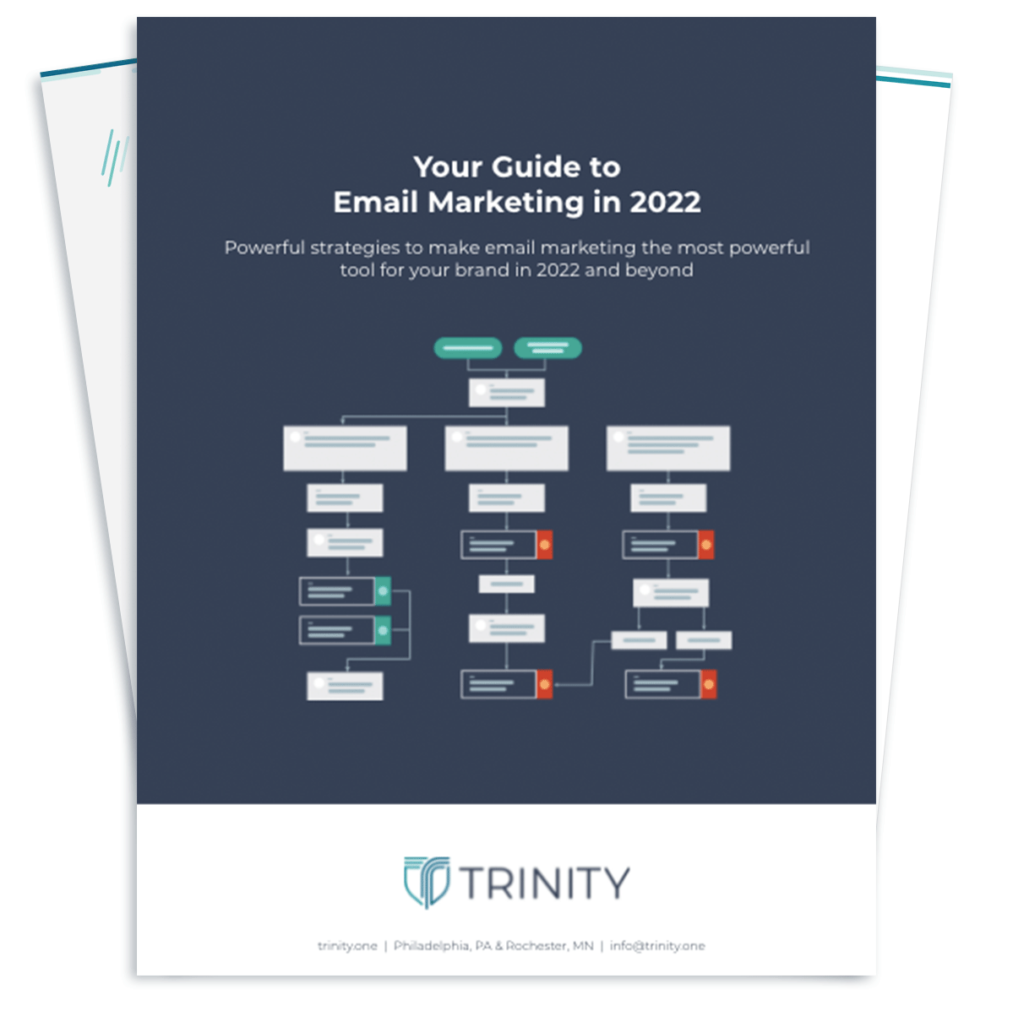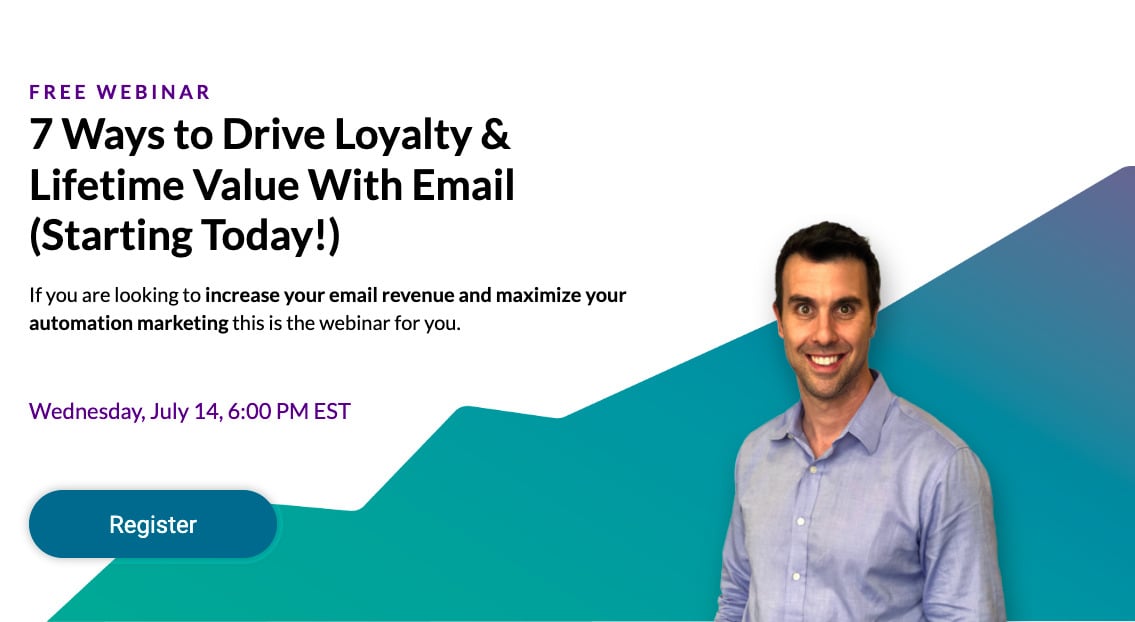TRANSCRIPT BELOW
——————————-
Craig Smith:
Hi there. Good morning or good evening. My name is Craig Smith. I’m the founder and CEO of Trinity. And today we’re going to talk about customer loyalty, engagement, and experience and strategies to increase your conversion and your lifetime value of your customers and prospects. This presentation is all about email. It’s all about distinct ways that you can again automate and trigger your messaging via email to drive higher conversions, and more sales, and leads for your business. Looking forward to going through it with you. It’s a pretty quick presentation, but I think you’re going to get a lot of it. Let’s get started.
So real quick about Trinity. What we do is we help optimize online engagement and experiences, providing a variety of services regarding search, email, UX design, and conversion optimization. If you have any interest in learning about us, obviously feel free to reach out and there’s connection options at the end of the presentation. My goal today is that you leave with actionable ideas to delight your customers, specific ways in which you can surprise them, gain engagement and gain more value from all those traffic and signups that you’re paying your hard earned money to receive.
The first strategy that we want to talk about is post-purchase automations regarding education. So what this is it’s sending very targeted and specific how-to guides relevant to a purchase so a customer can get the most out of their product. And you can see that the example on the right that’s showing a screenshot from Klaviyo, a great email platform that we utilize to extend a conditional split. That depending on where someone is in their customer journey and watching videos that we send out to these folks, that would dictate what they would get.
So the takeaway here is create great content about your products. Construct it in a way that’s purely educational so that your customers are going to maximize the value of what you’ve sold them. And then use a multi-step sequence with action-based triggers based upon their content consumption
to then continue to drip out, continue to upsell into others lines after they get the education.
The next strategy is what I’ll call post-purchase personalization. And here you want to leverage your initial data to send related offers and complimentary product to the initial SKU. And again, this is a showing the flow that was broken down and we did this for a hotel or actually a vacation firm, and they have a variety of properties. But what we did was we used intelligent targeting based upon when someone booked and what the availability was to send them a post-purchase personalized email relating to the exact cabin they were staying in and offering them a discounted extra night.
This was a great strategy because it enabled us to be more proactive with all this excess inventory and drive incremental dollars for our customer. And with this type of stuff, especially with an e-commerce, you can start pushing the envelope with really dynamic presentations especially for Gmail. A new technology called AMP for email has been created by Google for Gmail. It can be a great way where you again can have post-purchase personalization and a very dynamic experience in the inbox.
Here are some things to think about when you look at a post-purchase experience and the overall customer life cycle in general. On the left you see the welcome series, what you receive, cart abandonment when you abandoned cart, new order shipping confirm win-back and sun-setting inactive subscribers, this is table stakes. This is what everyone’s doing and what you need to do, especially for an e-commerce it’s a must. But you want to extend that and be more sophisticated and then you add layers in. So now we have browse abandonment, we have product recommendation emails. We have review requests and cross sells and VIPs and win-backs, and sunset on inactive to keep your list clean.
This is the next stage and where you should be at. And if you’re not incorporating especially in e-commerce, again, all of these touch points, I would highly recommend that you do. And then when you get to this phase, there’s then the step beyond, which is utilizing dynamic segmentation based upon source, based upon clickstream, based upon other factors that you might have in your database or your CRM system that’s going to then sync up an interface with your email delivery to make all of this much, much more effective, efficient, and drive ultimately better service to your customers.
The next strategy that you want to consider is providing relevance in your email. And by this, you can segment your sends by clickstream data. If you saw that your user who signed up for email was in the men’s category and looked at 25 different products in the men’s category, we can create rules to
bucket those visitors or customers or subscribers by demographics. And in this case, you can see that we’re creating a certain email presentation for male customers and a certain email presentation for female customers.
Especially in apparel, this is critical to make sure that you’re going to maximize your opportunity from a merchandising standpoint, as it relates to your outbound email. You want to do this and also look at your audiences to break them down into different categorizations. You can see on the left, there’s your core audience and the modeling around that recency, frequency and value. And then understand they’re all different types of segments and you want to try different strategies.
For example if you see that someone is a recent visitor, but previous history shows low value, low average order values. Well then, maybe we want to target these folks with clearance information or types of offers that are geared to them. There’s a lot of different strategies you can take. But the
takeaway on this slide is to really bucket by your core audience, your win-backs, who do you want to get back into the business, your caution. Folks who have kind of elapsed and ones who have elapsed and you spent a lot of marketing dollars on in the avoid bucket. You don’t want to keep spending marketing dollars on folks who really doesn’t make sense to market to or they might have been fatigued from your list.
Once you create these segments, you want to map out different goals for each segment. And you can see with this kind of framework that I just showed an example of, it’s something we’ve utilized in the past where you’re looking at the goal, who you’re targeting, what’s the message, what’s the segment, where are we targeting? And just making sure that you have a clear plan of attack for your segments, looking at purchase history, looking at clickstream data, which is what they viewed on the site. Looking at do they have the mobile app? Did they visit you on YouTube? All these different elements of data to help create your profile of a customer. You want to target with this specific message. This is how you do it by creating these unique segments and the messaging around it.
The next strategy to consider is a product recommendation quiz. You’re looking at here an example in the skincare category where an email was sent out with really with the goal of getting people’s information. What is your skin type? And then from there they can outline regimen, they can
outline further articles. Again, in an automated sequence, that’s going to be speaking to the challenges that people with dry skin as an example would be experiencing.
So think about your business. Think about the different segments that you have in your customer base, construct and segment all of the copy and content that really would add value to their lives and then map it out. And then send us out, a type of quiz to your customers, have them answer it.
And then now steadily stream them through a cadence of information that’s really going to be relevant and help get additional new mind share and hopefully equal new purchases.
The next strategy to gather new interest for your brand is referral automations. If you’re not doing this, you’re definitely missing an easy, easy win. What you want to do is reward your top customers for referrals and integrate automations that make these requests and rewards automated throughout your entire customer journey and relationship. And what you want to do is make this that you activate potentially on site visits when a subscriber exits in your email system. You can say, “Hey, automate.” If they are a customer, “Hey, automate [inaudible 00:08:48] get a $10 coupon.” There’s ways to do that and make your site intelligent and know if someone’s a customer or not a customer.
But regardless, you want to make sure that email is proactive with this type of message to your customers, have them refer folks for rewards, and you’ll see your average sales per day increase as this type of campaign gets more traction.
Lastly is customer connections. I highly recommend. If you haven’t incorporated SMS and text messaging into your customer journeys and into your overall strategy, you’re probably missing a big opportunity. No medium provides the open rate of text messaging and no medium is as instantaneous as text messaging. Now, there are certain elements where you need to be very strategic of, look, you don’t want to bombard people with text messages. But as it relates to delivery of service, product delivery, shipping confirmations, confirmation on if/ when an appointment’s being set, confirmation on a service technician. All of these nuances that relates to the service or product you’re providing, integrating texts I guarantee you will help. That will make the experience better and likely increase the chances they’ll come back for a subsequent purchase when that is needed.
A quick case study for you just to kind of spotlight again the power of email automation. This is Elk Springs Resort. And again, what we did was we automatically reached out before and during their stay to provide specific personalized offers to incentivize reservations to extend. This was done with custom creatives that were personalized based upon where they were staying. And custom events allowed us to parse the data and send the personalized offer depending on the number of days available.
So we’re tapping into the database of Elk Springs to understand, “Hey, what’s available and when should we send it?” This worked really, really well. It drove $26 per send incremental revenue on each email that went outbound for all of these orphan nights. Just revenue that the company would never have experienced and this peaked at about 100K a month.
So final thoughts as it relates to your email marketing program and personalization, and delighting customers starts with good data and a rock solid integration. If you have an e-commerce platform or a standard content management system like WordPress, it has to be synced up with a customer relationship management system, Salesforce or similar that will interface with an email platform that’ll then interface with a testing tool.
Now you can go with one system that does all of this. You can use best-in-breed and stitch them together with web apps, but you need all four of these things. And without question to reach your potential, you’re going to need to get it all integrated and effective. Now, once that’s done, then start
with the segmentation basics. Learn and then layer in onsite and offsite behavior. So maybe start targeting your new visitors, your returning visitors, your new customers differently, then move into, “Okay, we want to target our best customers differently.” And then target in on-site and offsite
behavior.
Did someone click on certain categories or products on your site? Did someone take action on a direct mail piece that went out? There’s a lot of different ways you can construct your journey, but start with the basics after you get your platform set and then layer in behavior. Also, highly recommend the third bullet here. Take a look at AMP for email. This is going to skyrocket your conversion rates in Gmail, especially if you’re in B2C. You have to look at AMP for email. And then lastly, don’t neglect SMS for stronger promotional sends, transactional messaging, and to build better relationships.
So with that, thank you very much. If you’d like a copy of this presentation, please feel free to email me at that email address right there, [email protected]. And if your business would like a customized email assessment where myself and my analysts are going through your customer journey, your website and your email system to construct a growth plan. Please email me at [email protected]. We’ll get an initial discovery call scheduled and start reviewing your email opportunity.
Thank you so much for the time today. I hope you enjoyed the training and we look forward to seeing you on another training relatively soon. Take care.





